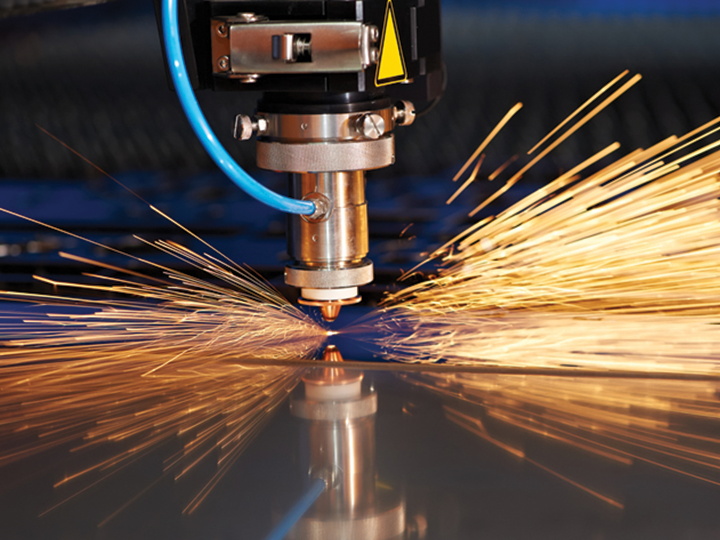
Ways Automation Is Changing Metal Fabrication
Growing demand and a widening industry skills gap have metal fabricators looking for ways to improve efficiency and product quality, even when additional labor may be hard to find.
For many fabricators, the answer has been automation through new digital platforms and robotics technology. These robots — powered by recent advances in technology like AI and the Internet of Things (IoT) — are often built to handle tasks in close proximity to human workers, streamlining workflows and improving productivity.
These are five ways in which automation is having a significant impact on the metal fabrication industry right now.
Improving Efficiency
Better efficiency is one of the main draws of robotics tech. Robots are often much more efficient than human workers — in some cases, able to do two to three times the work of a human in the same amount of time. They’re also able to perform tasks with minimal variation in work quality.
Greater efficiency means fabricators can fill more orders with the same workers and resources they have access to now. When the labor market is tight and client demand is unpredictable, this can be a major asset.
The efficiency improvements that robots offer can also help cut down lead times, enabling fabricators to take on more client work without the risk of overpromising to clients or overworking staff.
Reducing Fatigue
Most automation solutions are built to handle tasks that fall under one of the “three D’s of automation” — jobs that are dangerous, dirty or dull. These tasks are great candidates for automation because they either pose risks to workers or make them less efficient.
Automation can also help reduce the amount of repetitive motion that workers need to perform.
For example, you may have a picking robot that repeatedly bends or stretches to reach, grab and transfer raw materials around a metal fabrication plant. By performing this work, the robot reduces the risk of a worker becoming fatigued from repeatedly stooping, lifting, and carrying pallets or material containers.
By doing this work, the robot also reduces the risks that a worker develops a musculoskeletal injury (MSI) or a repetitive strain injury (RSI) due to stress caused by making the same motions over and over again.


This post is amazing, it is extremely thorough and in depth.